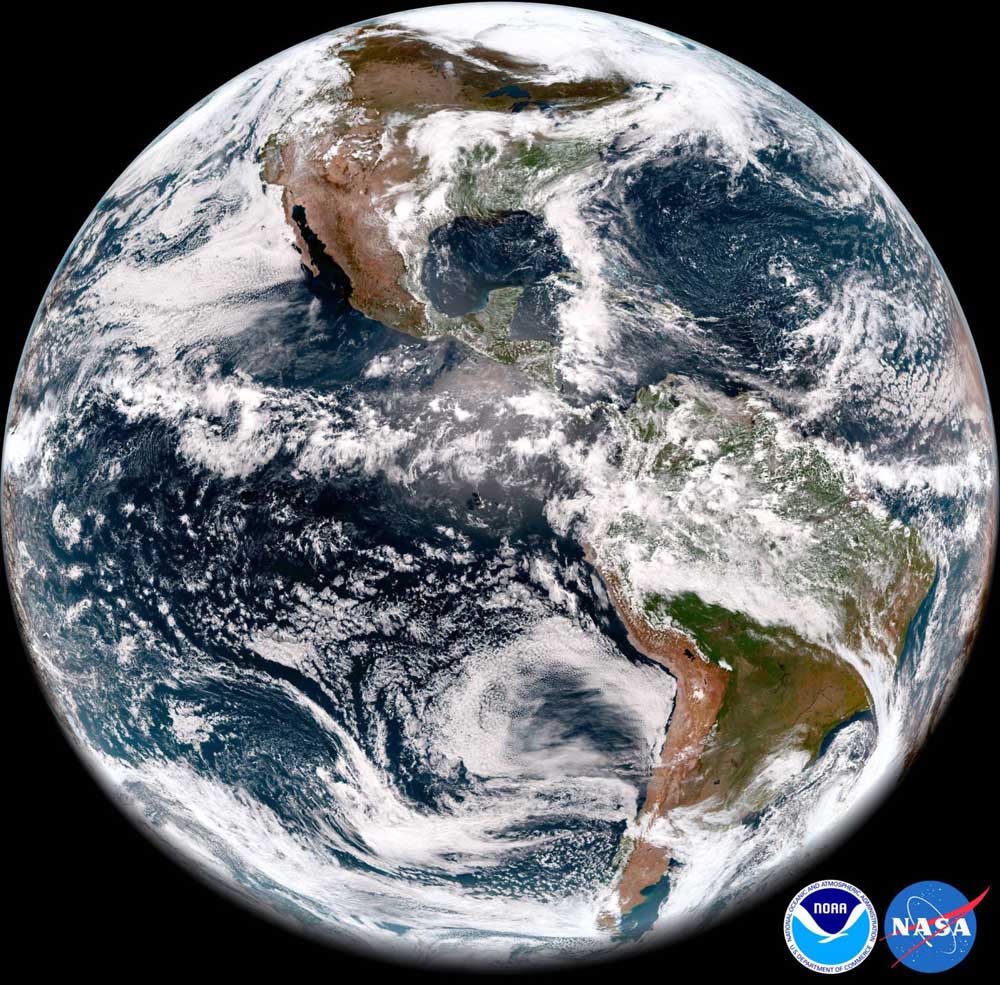Climatologists see chance of ‘historically strong’ El Niño
Published 10:30 am Friday, July 14, 2023

- {photoSource}Capital Press{/photoSource}
The National Weather Service on July 13 estimated a 1-in-5 chance that next winter’s weather will be influenced by a “historically strong” El Niño.
Trending
Exceptionally strong El Niños tend to direct big and warm rainstorms from southern latitudes toward the Northwest, Oregon State Climatologist Larry O’Neill said. “We get many more atmospheric rivers.”
An El Niño will be a change. A La Niña, linked to cold Northwest winters, prevailed for the past three years. A weak El Niño formed in the spring. The last El Niño was in 2019 and it stayed weak.
The new El Niño could strengthen to rival powerful El Niños in 1997-98 and 2015-16, according to the weather service’s Climate Prediction Center.
Trending
The winter of 2015-16 was Oregon’s 14th wettest and Washington’s eighth wettest in 129 years of record-keeping. Washington’s snowpack was 110% of average, even though the winter was the 11th warmest.
Climate change does not cause strong El Niños, O’Neill said. “Climate change will possibly make it more intense,” he said.
El Niño moves the Pacific jet stream south, shifting the pattern of where storms come from, he said.
“If it turns out to be a strong El Niño, it will have a much different outcome than a weak one,” O’Neill said. “Historically, it’s when we get some of our biggest rain years.”
Pacific Ocean temperatures more than .5 degree celsius above average trigger an El Niño. Some climate models predict temperatures will top 2 degrees above normal, a level reached only four times since 1950.
The winter of 1982-83 — another exceptionally strong El Niño — was the 12th wettest in Oregon and the 15th wettest in Washington.
El Niño occurs on average every two to seven years and typically lasts nine to 12 months, according to the World Meteorological Organization.
The organization attributed to 2016 being the warmest year on record to a combination of a powerful El Niño and global warming.









